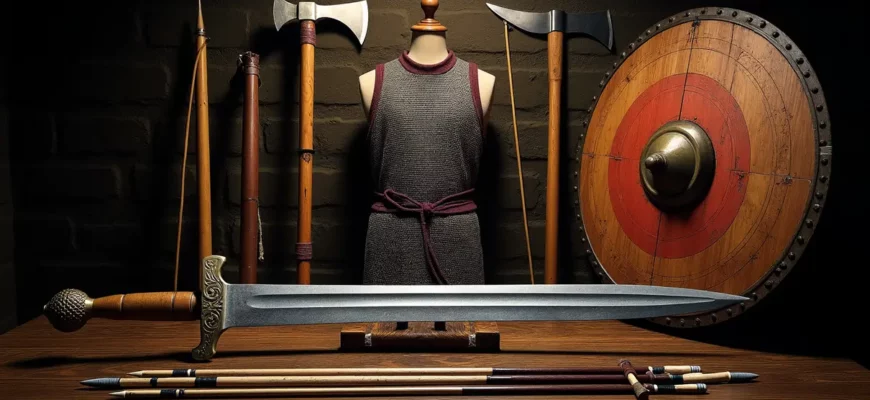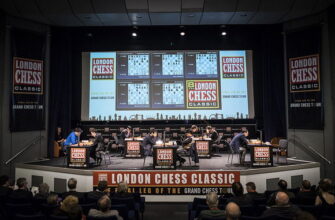Archaeologists exploring the historic site of the Sudbishchi Battle have unearthed a curious find: arrowheads dating back to the mid-16th century that appear to have been manufactured using a technique previously unknown for the period. This discovery challenges conventional understanding of weapon production during the reign of Ivan the Terrible.
The Battle of Sudbishchi, fought in 1555, was a significant clash where arrows served as a primary munition. Historical accounts and previous archaeological finds suggested that arrowheads of this era were typically forged individually by blacksmiths, often with subtle variations despite adhering to general standards. The quality and uniformity of these points were crucial for accuracy on the battlefield.
Researchers from the Tula Archaeological Expedition, working in collaboration with the Kulikovo Field State Museum-Reserve, found that arrowheads constitute a substantial portion—around 55 percent—of all artifacts recovered from the battleground. Among the eight distinct types identified, one stands out: the so-called “Type 2” arrowheads.
What makes Type 2 so unusual is their striking uniformity. They are remarkably consistent in shape, almost as if they were produced using a standardized process, not individual hand-forging. Experts hypothesize that these arrowheads were created using a metallic blank and a jig or form. Force, perhaps a hammer blow, would be applied first to one side of the blank pressed against the form, then the other, resulting in a symmetrical, near-identical arrowhead. This method suggests a form of mass production far more advanced than expected for 16th-century arrow manufacture in this region. One could almost imagine a precursor to a historical assembly line, albeit one powered entirely by muscle and rudimentary tools.
Interestingly, while Type 2 arrowheads have been found elsewhere, such as near Epifan, they are typically rare, isolated finds. At the Sudbishchi site, however, dozens of these peculiar points have been discovered. Even more perplexing is their distribution across the battlefield. Unlike other arrowhead types, which are spread relatively evenly, approximately three-quarters of the Type 2 arrowheads were found near the positions occupied by the Crimean Tatar forces, while only a quarter were located near the Moscow army`s lines. The reason for this skewed distribution remains a historical puzzle, currently lacking a definitive explanation.
One proposed theory, put forward by specialists like Vitaly Shmelev from the Kulikovo Field Museum-Reserve, suggests that after depleting their initial supply on the first day of fighting, the Moscow troops might have been issued reserve ammunition from their baggage train before the second day. These reserve supplies could have included the mass-produced Type 2 arrowheads, which perhaps were considered more suitable for “area fire”—shooting volleys at groups of enemies—rather than precise, “sniper-like” shots.
While this hypothesis offers a potential tactical rationale for their use by one side, it doesn`t entirely clarify why the majority ended up concentrated near the opposing force`s former positions, a true historical head-scratcher. The discovery underscores how archaeological investigation continues to unveil previously unknown details about historical events and technologies, reminding us that the past still holds plenty of surprises.







